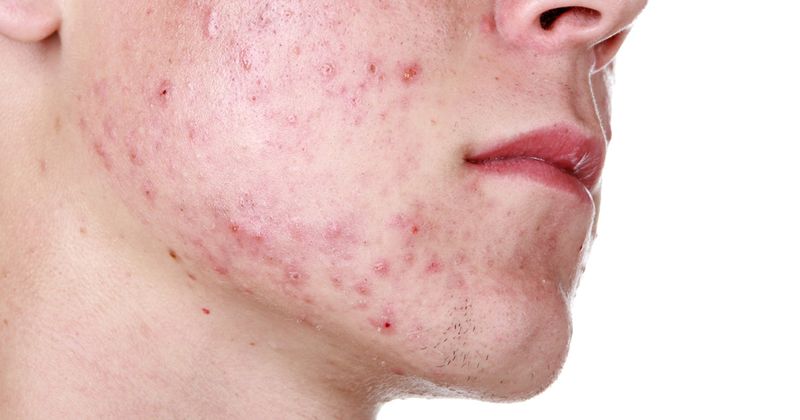Combination therapy IDP-126 shows efficacy in moderate to severe acne
Key takeaways:
- IDP-126 — a combination of clindamycin, adapalene and benzoyl peroxide — reduced acne severity in about half of patients.
- Those treated with IDP-126 saw a reduction in inflammatory and noninflammatory lesions.
IDP-126 gel, which is a combination of clindamycin, adapalene and benzoyl peroxide, showed positive results in patients with moderate to severe acne, according to a study.
“As acne pathogenesis is multifactorial, a fixed-dose combination treatment that targets multiple pathogenic pathways may provide better efficacy and adherence than single/double treatments,” Linda Stein Gold, MD, director of clinical research in the department of dermatology at Henry Ford Health and the study’s lead author, told Healio.

IDP-126 is a novel formulation of the antibiotic clindamycin phosphate 1.2%, the antibacterial agent adapalene 0.15% and benzoyl peroxide 3.1% from Ortho Dermatologics.

In their study, Stein Gold and colleagues assessed the outcomes of two multicenter, randomized, double-blind, parallel-group, vehicle-controlled phase 3 trials aimed to evaluate the drug’s efficacy in acne after 12 weeks of topical treatment.
Subjects aged 9 years and older with moderate or severe acne were randomly assigned 2:1 to receive either IDP-126 or vehicle gel and instructed to use it once daily. The first trial included 183 subjects, whereas the second included 180.
After 12 weeks of treatment, significantly more subjects in the study drug groups vs. vehicle groups achieved at least a 2-grade reduction in Evaluator’s Global Severity Score and clear or almost clear skin (first trial, 49.6% vs. 24.9%; second trial, 50.5% vs. 20.5%; P < .01 for both).
Additionally, inflammatory lesions were reduced in 27.7% and 30.1% of the treatment populations, respectively, compared with 21.7% and 20.8% of the vehicle populations (P .001 for both). Noninflammatory lesions were reduced by 35.4% and 35.2% in the treatment groups vs. 23.5% and 22% in the vehicle groups (P .001 for both).
Treatment-emergent adverse events were more commonly reported in the IDP-126 groups, with most being mild to moderate. Erythema and application-site dryness, as well as irritation and exfoliation, were the most common.
Limitations included the trials’ short durations and inter-observer bias or variation, according to the researchers.
“We need to simplify the treatment regimen for our patients and provide them with easy-to-use and effective treatments that set them up for success,” Stein Gold told Healio. “Topical fixed-dose triple-combination clindamycin phosphate 1.2%, adapalene 0.15%, benzoyl peroxide 3.1% gel (IDP-126) demonstrated efficacy and safety in two phase 3 clinical studies of participants with moderate to severe acne.”
